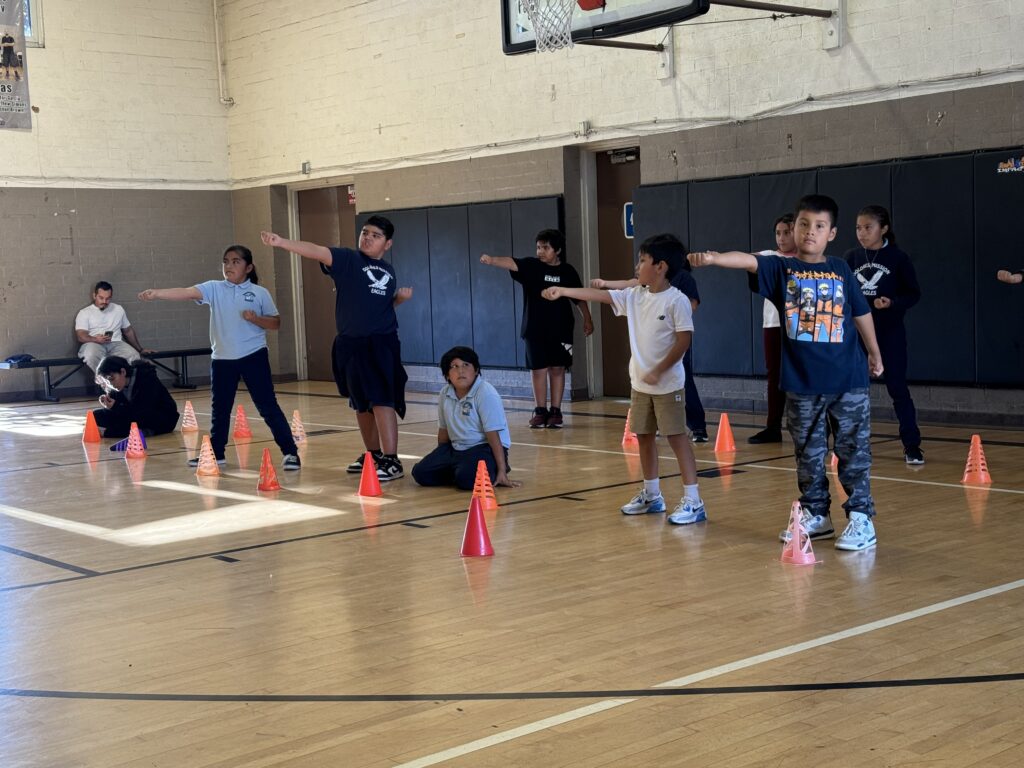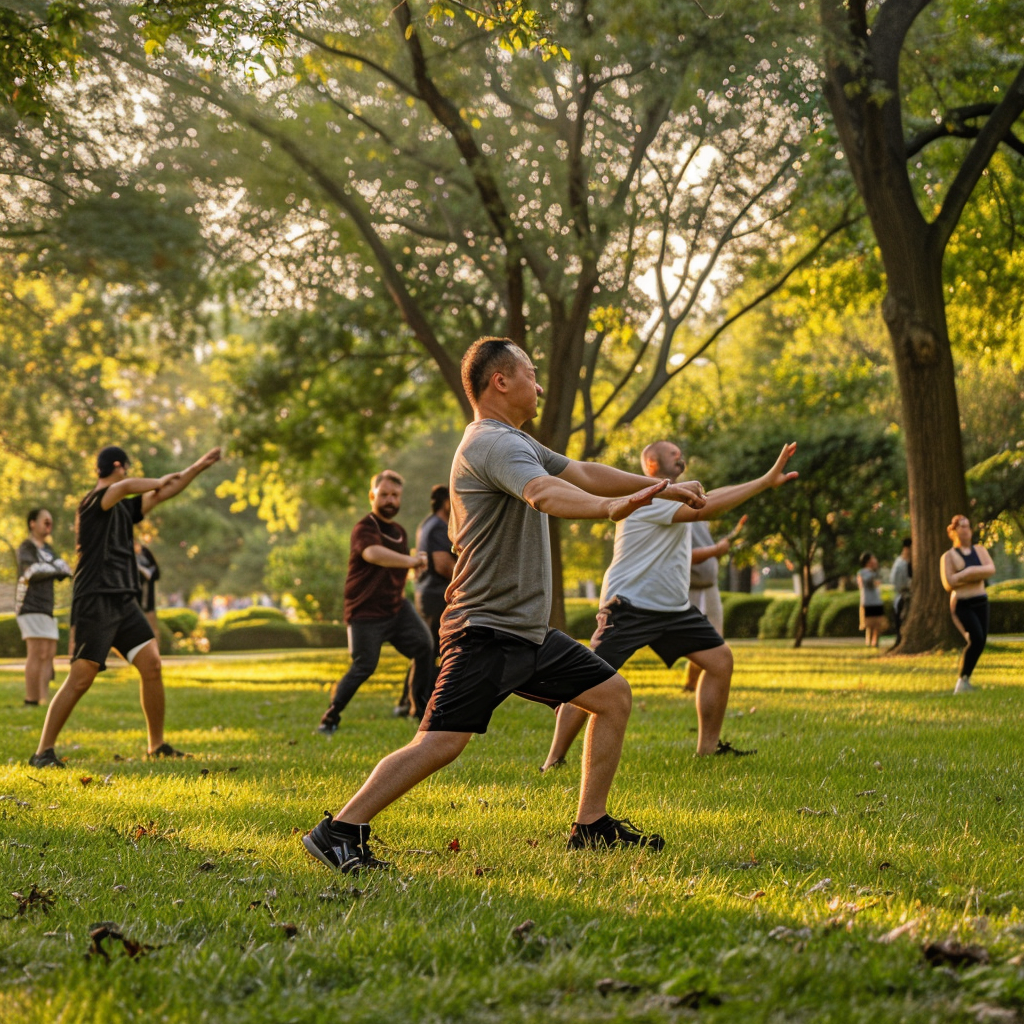 In 1988, I reached my first-degree black belt (Shodan) in Shaolin Kempo Karate. I remember the culture in those days; when you got your black belt, you entered the “family”.
In 1988, I reached my first-degree black belt (Shodan) in Shaolin Kempo Karate. I remember the culture in those days; when you got your black belt, you entered the “family”.
The members of the Black Belt Family were a group of people you could count on to look out for your best interest. Our organization had schools across the country, so there were many members who shared a bond yet had never met. When you would meet another black belt regardless of where they were from or what their life experiences were, you shared that trust, respect, and familiarity.
There was an interesting hierarchy to the black belt family: one that represented respect for those that ranked above you, yet the respect was also given for those who had not yet reached your rank.
For example, as black belts we would have consistent weekly workout sessions. The highest ranked black belts (5th degree and above) would start around 6am. The doors to the dojo would be locked for their one-hour session. Next, the 3rd and 4th degrees would have their scheduled hour and would enjoy the same seclusion from the lower ranks that the locked doors supplied. Finally, at 9 am the session for the 1st and 2nd degrees would begin. Regardless of your rank, you would not disrespect your instructor by being late. We would gather by the door 20-30 minutes before the scheduled time to avoid being tardy. With years of consistent workouts, the people you gathered with became close friends.
Even though the training sessions were exclusive by rank, when those doors opened, each subsequent class was welcomed in with warmness and conversation. I distinctly remember the day I moved into the 3rd and 4th degree workout. Although I already knew everyone that was going to be in that session, I was a bit nervous about how I would be received. The reason why this day stands out so strongly in my memory is from the warm welcome they gave me. There was no inferiority complex or feelings of substandard knowledge. We all knew that our ranks defined where we were on the journey, but it didn’t define our relationships with one another.
While the instructors were the upper echelon, the elite of the family, and the masters were at the top, we were still all family. A good instructor serves the students, so becoming a member at this level was a responsibility not taken lightly. The non-instructor members understood that and would go out of their way to assist the instructors in any capacity they could.
In the 35 years since the day I was initiated, I have seen a dilution of this bond. There are those who abuse the culture with their inflated egos. They have forgotten that it’s their place to serve subordinates, not to be served. Even the ugly face of greed has found its way into the mix. Many people have stopped training and unplugged from the group, isolating themselves. This just fosters discontent and becomes part of the problem.
How do we move forward? How do we rekindle the fire of these relationships? Is this bond a thing of the past?
Last weekend, I took one of my assistant instructors to an out of state tournament. In addition to his judging responsibilities, he would be fighting in the instructor’s division for the first time. During the 5-hour road trip from Las Vegas, the discussion focused on his inexperience fighting in that elevated division. I explained to him that not only was he ready for the challenge, but at his level it’s not about the outcome… it’s about being a part of something much bigger than a plastic trophy.
Upon arriving at the tournament, we were greeted by the local instructor team. Because of the conversation in the car, I couldn’t help but observe the culture of this meeting. The 1st and 2nd degree black belt instructors segregated themselves as a group. From a distance, they looked like a football team in a huddle. The higher rank instructors made a similar group minus the huddle. After a few minutes of small talk, it was time to hand out the job assignments and get to work. For an instructor, a tournament is a long day on your feet projecting energy and excitement to keep the spectators and participants engaged in a positive experience. Because of the work assignments I was given during the tournament, I did not get a chance to watch my assistant compete. I would have to witness the performance through his perspective on the ride home.
On the trip home, he started the conversation with an excited tone: “I get it! I just met those people and I feel like they are already my family!” I intentionally did not guide the conversation. I wanted to hear about his experience and what was important to him without any filters. The main points of his experience were about judging as an assistant to a master instructor who he had not met before and how the other assistants he had just met were now close friends. I didn’t find out that he had taken 2nd place in forms and 4th in sparring until one of the students at the dojo asked him how he did at the tournament the following Monday.
Is it that simple? Do we need to just continue to move forward, continue to do the things the way we’ve always done them before? Put aside the negativity that we perceive and focus on the results? Host consistent workouts and tournaments and let the culture rebuild itself in whatever form it evolves into?
I believe the answer is in the Shodans (first degree black belts). Give them the same opportunities we had. Guide them to participate in the group workouts. Organize tournaments and clinics, prioritizing the experience for the participants. The elusive culture of the Black Belt Family comes from the common sacrifices we made on our individual paths that lead us to the beginning of our new path: black belt. The bond is what has created the family, and all we need to foster the culture is to recognize our need to serve our subordinates.







1 Comment. Leave new
Thank you! Your Article is Why at 73 that I continue to Train and Teach!